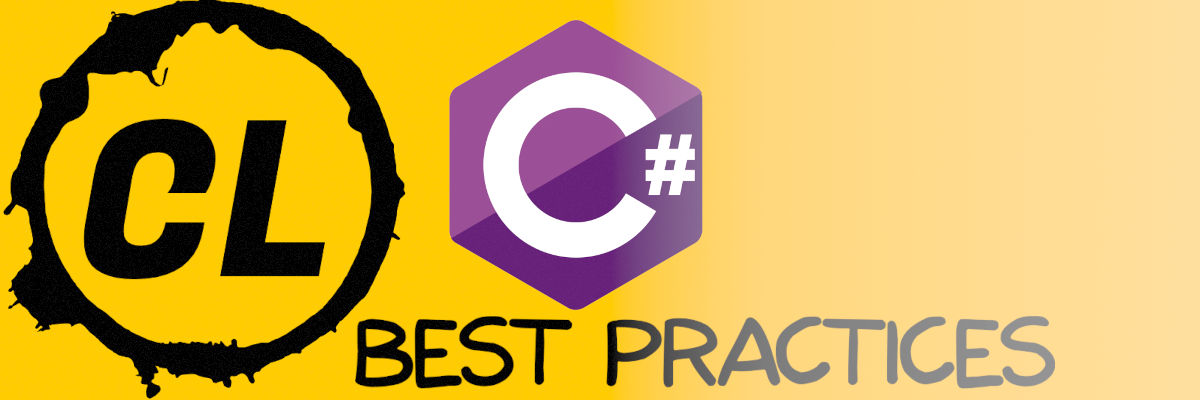Language Integrated Query (LINQ) is a powerful feature in C# that enables developers to write expressive and concise code for querying and manipulating data. However, with great power comes great responsibility. To harness the full potential of LINQ and ensure your code remains efficient and maintainable, it’s crucial to follow best practices. In this blog post, we’ll explore some tips and tricks to help you master C# LINQ.
- Use Meaningful Variable Names: When working with LINQ queries, it’s easy to fall into the trap of using generic names like
a,b, orx. However, using meaningful variable names enhances code readability and makes it easier for others (or your future self) to understand the purpose of each query. Consider using names that reflect the nature of the data being queried.
// Bad
var result = from p in products
where p.Price > 100
select p.Name;
// Good
var expensiveProductNames = from product in products
where product.Price > 100
select product.Name;- Know Your Operators: LINQ offers a variety of operators such as
Where,Select,OrderBy, and more. Understanding each operator’s purpose and behavior is essential for writing efficient queries. For example, useSingleOrDefaultwhen you expect only one result, orAnywhen you want to check if any elements meet a certain condition.
// Instead of using FirstOrDefault followed by null check
var firstProduct = products.FirstOrDefault(p => p.Category == "Electronics");
if (firstProduct != null)
{
// Do something with firstProduct
}
// Use SingleOrDefault for better clarity
var singleProduct = products.SingleOrDefault(p => p.Category == "Electronics");
if (singleProduct != null)
{
// Do something with singleProduct
}- Avoid Querying the Database Multiple Times: When working with databases, be mindful of the number of queries executed. Minimize round trips by fetching only the necessary data. Use methods like
ToList()orToArray()to materialize the query result and prevent multiple database calls.
// Bad - Two separate queries to the database
var count1 = dbContext.Products.Count();
var count2 = dbContext.Products.Where(p => p.Price > 100).Count();
// Good - Single query to retrieve both counts
var counts = new
{
TotalCount = dbContext.Products.Count(),
ExpensiveCount = dbContext.Products.Count(p => p.Price > 100)
};- Use Projection Wisely: LINQ allows you to project the result into a different shape using
Select. While this can be powerful, be cautious not to over-project unnecessary data. Select only the fields you need to reduce the amount of data transferred and improve performance.
// Selecting unnecessary fields
var productsInfo = products.Select(p => new { p.Name, p.Description, p.Price, p.Category });
// Selecting only the required fields
var productsInfo = products.Select(p => new { p.Name, p.Price });- Handle NULL Values with Care: LINQ queries can sometimes encounter NULL values, especially when dealing with databases. Use null-coalescing (
??) or null-conditional (?.) operators to handle potential null values gracefully.
// Avoid null reference exception
var productName = products.FirstOrDefault(p => p.Id == productId).Name;
// Handle potential null value
var productName = products.FirstOrDefault(p => p.Id == productId)?.Name ?? "Product Not Found";Conclusion
Mastering C# LINQ requires a balance between elegance and efficiency. By following these best practices, you can write code that is not only concise and expressive but also performs well and is easy to maintain. As you continue to explore the world of LINQ, keep honing your skills and adapting these practices to the specific needs of your projects. Happy coding!

